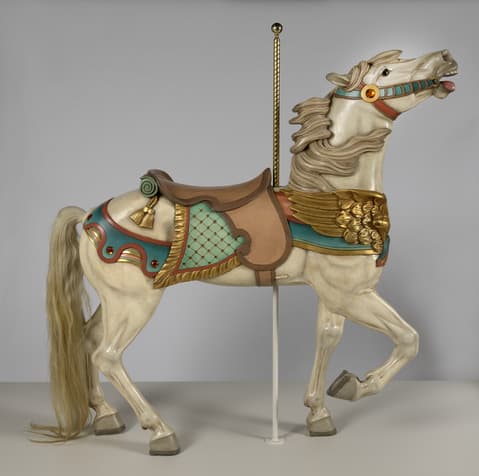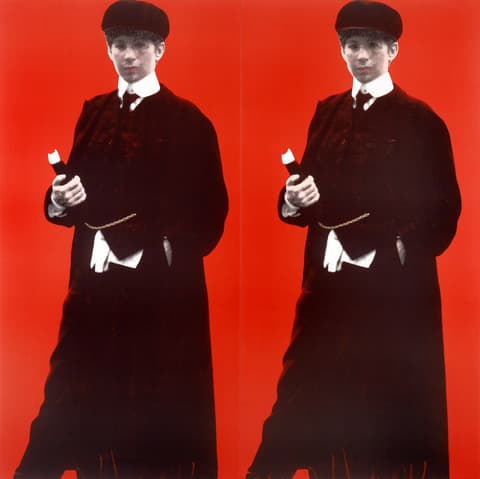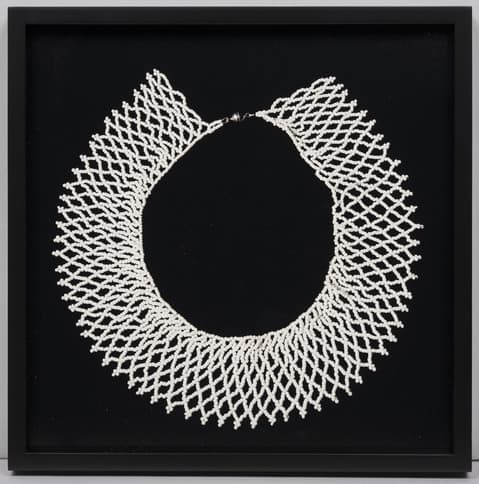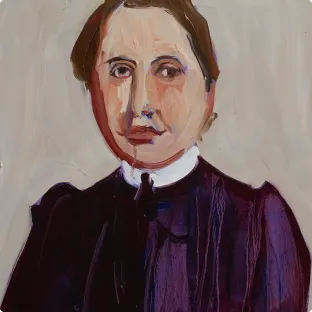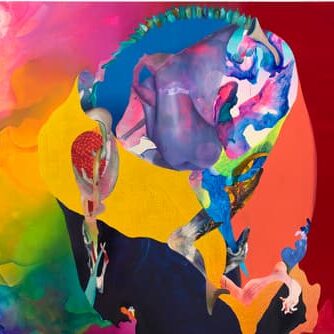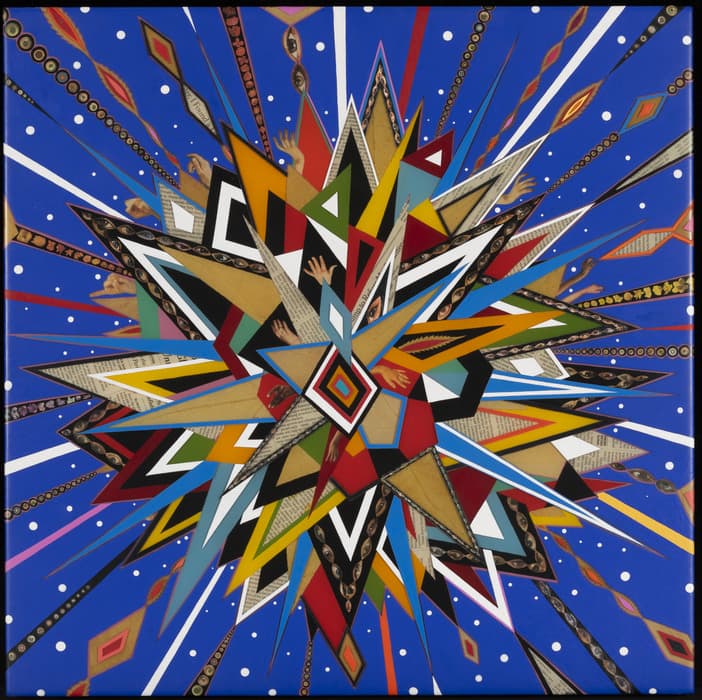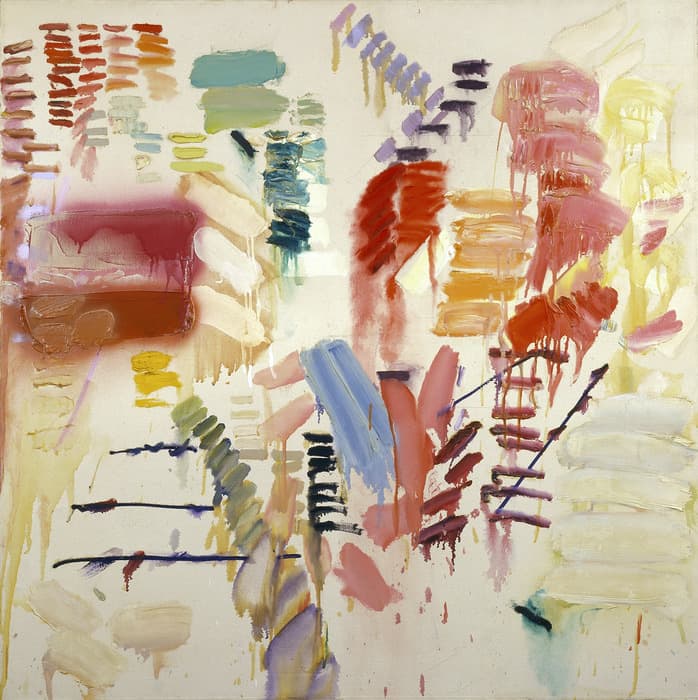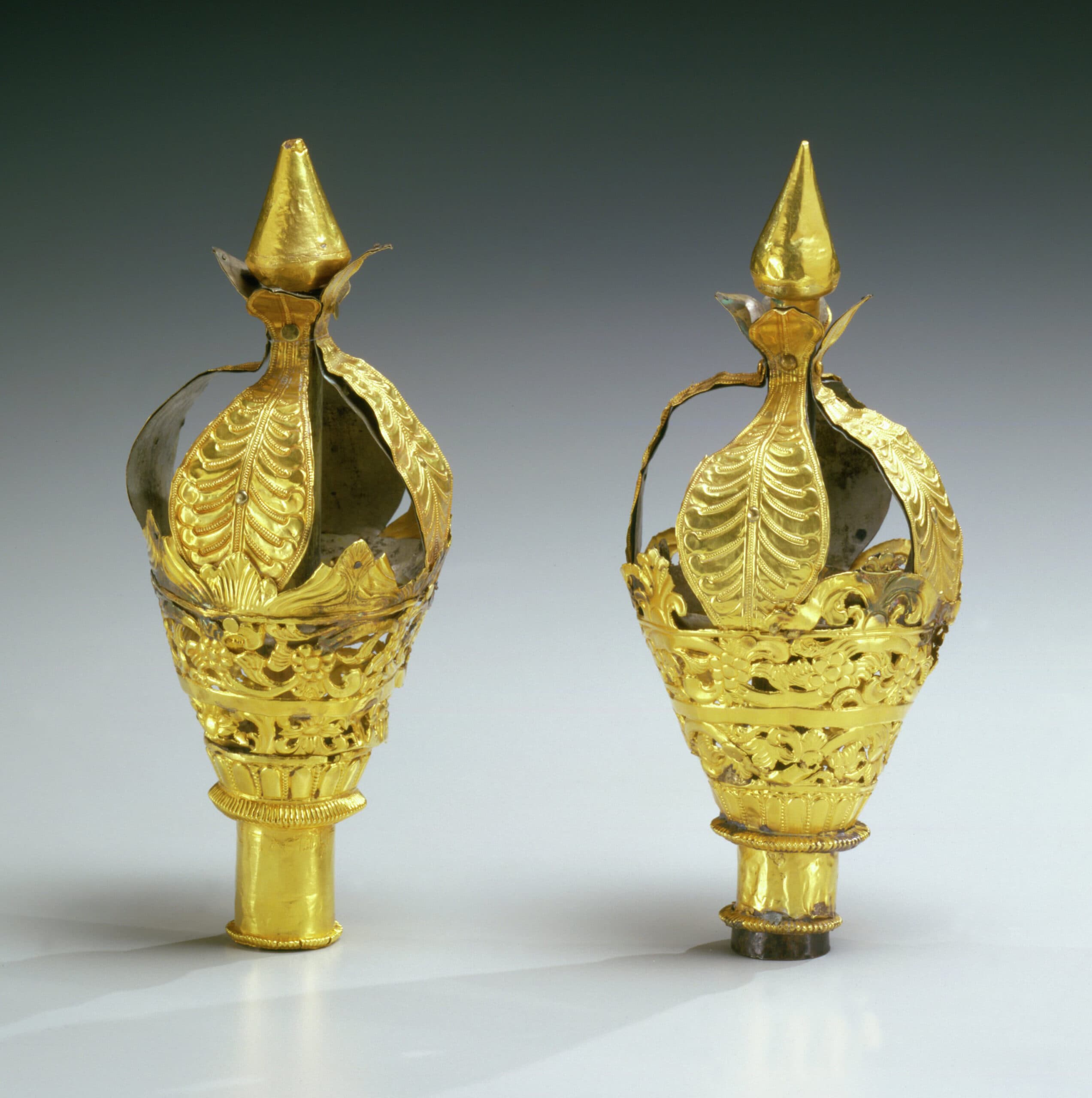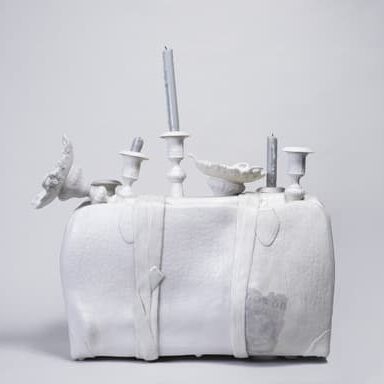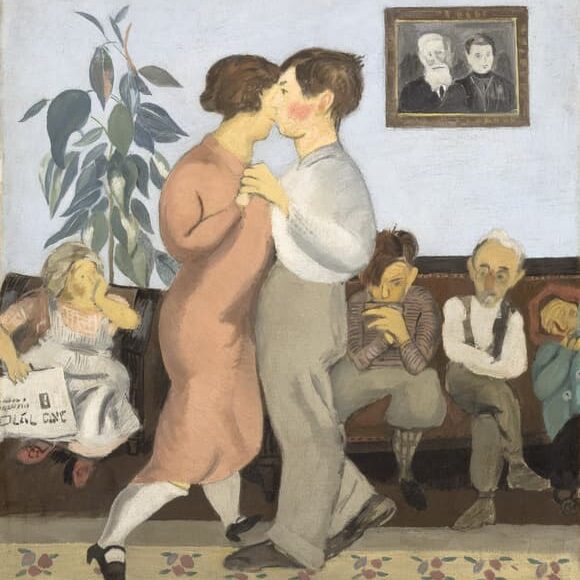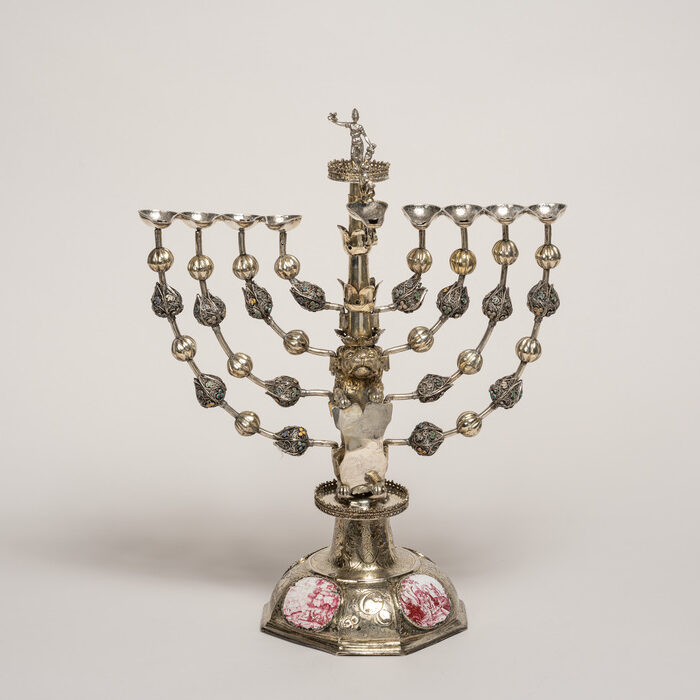The Book of Esther in the Age of Rembrandt
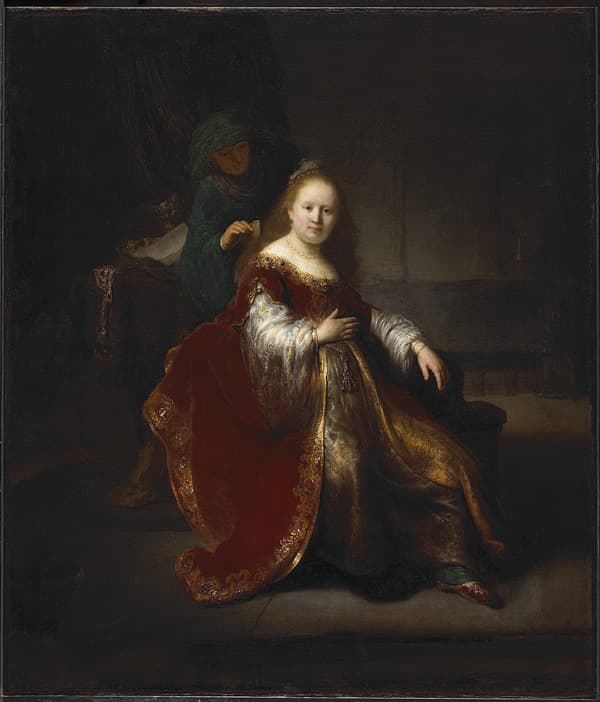
Rembrandt van Rijn. A Jewish Heroine from the Hebrew Bible, 1632-1633. Oil on canvas. 109.2 x 94.4 cm. National Gallery of Canada, purchased 1953.
Major Exhibition Explores How the Heroic Story of Biblical Queen Esther Served as a Source of Cross-Cultural Inspiration in 17th-Century Netherlands
New York, NY, March 4, 2025—This spring, the Jewish Museum presents a major exhibition examining how the heroic story of Queen Esther served as a popular source of inspiration for Rembrandt van Rijn (1606-1609) and his contemporaries in 17th-century Netherlands. Featuring over 120 works, including paintings, prints, and drawings by Rembrandt, Aert de Gelder, and Jan Steen, among others, as well as Jewish ceremonial art and decorative objects, The Book of Esther in the Age of Rembrandt illustrates how the story of the biblical queen influenced Dutch art and culture and represented an enduring symbol of triumph over adversity at a time of vibrant cultural exchange.
The Book of Esther in the Age of Rembrandt, co-organized with the North Carolina Museum of Art, Raleigh, will be on view at the Jewish Museum from March 7 through August 10, 2025. It will travel to North Carolina in September 2025, and a condensed version will be presented at the Isabella Stewart Gardner Museum, opening in August 2026.
“The Book of Esther in the Age of Rembrandt explores the universality of a biblical story that has inspired an artistic dialogue among cultures and communities throughout world history, and especially in Rembrandt’s time,” said James S. Snyder, Helen Goldsmith Menschel Director. “As an art museum that explores the rich texture of Jewish experience in the global diaspora and within broader cultural contexts, we hope that this exhibition will encourage audiences of all backgrounds to experience these masterworks and to reflect on the ways in which they demonstrate our shared humanity.”
The Book of Esther became part of the cultural and intellectual environment in Amsterdam and in the Netherlands more broadly as immigrant Jewish communities established their presence there throughout the 1600s along with an expanding Christian population. This story recounts how Queen Esther risked her life to prevent the near annihilation of the Jewish people of Susa in ancient Persia (present-day Shush, Iran) after the Babylonian exile in 587 BCE and is celebrated annually on the Jewish holiday of Purim. For the country’s Jewish immigrants—who had the liberty to celebrate Purim more openly in the Netherlands than in their previous homelands—the Book of Esther became a symbol of freedom in their new lives. For the Dutch generally, Queen Esther’s heroism against oppression represented their own emerging nation’s identity in their fight for freedom from Spanish rule.
“Queen Esther’s story about resilience and courage in the face of persecution resonated widely in 17th-century Netherlands when Amsterdam became a safe haven for many,” said Abigail Rapoport, Curator of Judaica. “This exhibition explores how artists and patrons in Rembrandt’s time—Jewish and Christian—shaped imagery based on the Book of Esther, imagining the heroic Queen Esther as their own, as a young woman who gave voice to the voiceless at the risk of her safety. And Rembrandt’s talent for capturing human emotion imbued Esther with that much more meaning in his time.”
The Book of Esther in the Age of Rembrandt explores Queen Esther’s cultural relevance and unfolds in thematic sections that explore the enduring influence of this story across generations, including how artists situated Queen Esther in the Dutch Republic; the ways in which they visualized the Dutch world and its interest in the “exotic” through scenes of Esther’s feast; performances of the Book of Esther in popular Dutch theater and private Jewish outlets; and how Purim celebrations unfolded in Rembrandt’s time.
Featuring major paintings by Rembrandt, including Jewish Heroine from the Hebrew Bible (c. 1632-33), the exhibition shows how the artist reinterpreted the biblical heroine as a 17th-century Dutch woman. Portrayed in contemporary costume with luxurious imported goods behind her, the works depicting Queen Esther reflected the Netherlands’s new status as an international commercial hub and a significant colonial power. Rembrandt’s naturalistic style, which employed the use of rich color, expressive brushwork, and the dramatic interplay of light and dark, also made the Queen a more relatable figure for the masses and influenced several of his fellow artists to portray Esther within a contemporary setting.
Exhibition highlights include Rembrandt’s Self Portrait, Age 23 (1629); a special presentation of three works by Jan Steen: The Feast of Esther (c. 1625), and The Wrath of Ahasuerus (1668-1670 and c. 1670); Gerrit van Honthorst’s Portrait of Elizabeth Stuart as Esther (c. 1632); and rare loans of Jewish ceremonial art from the Portuguese Synagogue in Amsterdam, including a lavishly decorated lectern cover and Esther scrolls made by Salom Italia, the most influential maker of scrolls in Rembrandt’s time. The exhibition includes loans from major institutions, among them the British Museum, The Victoria and Albert Museum, the National Gallery of Canada, the Rijksmuseum in Amsterdam, the Cleveland Museum of Art, the Isabella Stewart Gardner Museum, the National Gallery of Art in Washington, DC, the J. Paul Getty Museum, the North Carolina Museum of Art, and selections from the Jewish Museum’s own collections.
Publication
The exhibition is accompanied by a richly illustrated 160-page, hardcover catalogue by Abigail Rapoport with Michele L. Frederick and with contributions by Larry Silver, Antwaun Sargent, and a postscript interview with contemporary artist Fred Wilson. Co-published by the Jewish Museum and Yale University Press, the book will be available worldwide and in the Jewish Museum Shop. The publication is made possible in part by The Dorot Foundation.
Audio Guides
Accompanying the exhibition are two interpretive guides available in the Jewish Museum’s digital guide on Bloomberg Connects, the free arts and culture app. The general audio tour features the exhibition curators, Abigail Rapoport and Michele L. Frederick, along with art historian Stephanie Dickey. The Verbal Description guide for visitors who are blind or have low vision translates the visual into spoken word. All materials include transcriptions and will be available on the Museum’s website. Bloomberg Connects is accessible for either onsite or offsite visits and can be downloaded to any mobile device.
Exhibition Organization and Tour
The exhibition is curated by Abigail Rapoport, Curator of Judaica at the Jewish Museum, and Michele L. Frederick, Curator of European Art at the North Carolina Museum of Art, Raleigh. The exhibition at the Jewish Museum is designed by Solomonoff Architecture Studio with graphic design by Studio LHOOQ.
Following its New York presentation, the exhibition will travel to the North Carolina Museum of Art, Raleigh (September 20, 2025, through March 8, 2026) and a condensed version will be shown at the Isabella Stewart Gardner Museum, Boston (August 6, 2026, through January 18, 2027).
Public Programs
Programs will include:
- A lecture on Thursday, April 10 at 6:30pm by Larry Silver, Farquhar Professor of Art History, emeritus, at the University of Pennsylvania, about the biblical books of Tobit and Daniel—the lesser-known tales of Jewish life in the Persian diaspora—which held great fascination for Rembrandt.
- The New York premiere of rarely heard eighteenth-century vocal music from Amsterdam’s Portuguese synagogue, featuring excerpts from the oratorio Esther by Cristiano Giuseppe Lidarti and a selection of works by composers Abraham de Caçeres and M. Mani on Sunday, May 4 at 4pm.
- A conversation on Wednesday, May 21 at 6:30pm with Abigail Rapoport, Curator of Judaica, and Rabbi Meir Soloveichik on the Jewish community in Amsterdam in the 16th and 17th centuries with a particular focus on ritual objects included in the exhibition as well as how the Book of Esther was used as a source of artistic inspiration for Rembrandt and others.
- A panel discussion focused on Rembrandt’s depictions of women, ranging from the images of Esther in the exhibition to his images of classical and mythological characters, taking place on Thursday, May 29 at 6:30pm. Moderated by Stephanie Dickey, Professor Emerita and former Bader Chair in Northern Baroque Art at Queen’s University, the program features Michele Frederick, Curator of European Art at the North Carolina Museum of Art; Shelley Perlove, Professor Emerita, University of Michigan-Dearborn; and Joanna Seidenstein, Assistant Curator of Northern European Drawings, Prints, and Illustrated Books, Metropolitan Museum of Art.
Exhibition Support
The Jewish Museum’s presentation of The Book of Esther in the Age of Rembrandt is made possible by the Jerome L. Greene Foundation.
Major support at the Jewish Museum is also provided by the Leon Levy Foundation and Denise Littlefield Sobel, together with Achelis and Bodman Foundation, Alfred J. Grunebaum & Ruth Grunebaum Sondheimer Memorial Fund, The Jamnik Family, David L. Klein Jr Foundation, Samuel H. Kress Foundation, Robert Lehman Foundation, Reuben and Jane Leibowitz Foundation, National Endowment for the Arts, Joan Rosenbaum Exhibition Endowment, Sudarsky Family Foundation, and other generous donors. This exhibition is also supported as a part of the Dutch Culture USA FUTURE 400 program by the Consulate General of the Netherlands in New York.
The publication is made possible in part by The Dorot Foundation.
The digital guide is supported by Bloomberg Connects.
Press contacts
Anne Scher
[email protected]
212.423.3271
Resnicow and Associates
Laurie Kamens / Julia Exelbert / Caroline Farrell
[email protected]
212.671.5178 / 212.671.5155 / 212.671.5157
